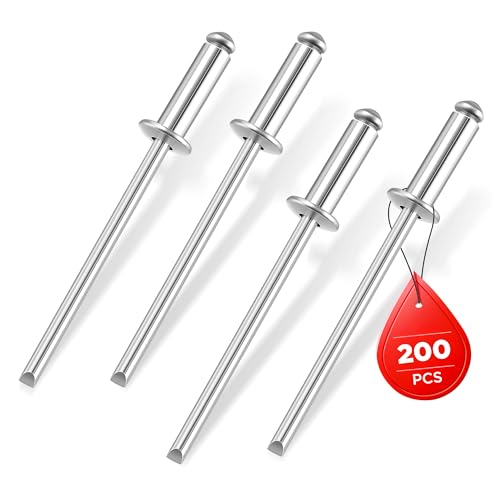This is just the kind of "boat ramp wisdom" we need to be aware of.
The older engines can be run on the same original oil ratio (16:1) on todays oil but running them on a 50:1 mixture is killing the engine. These are plain bearings in the engine (non-roller) and old school straight soft aluminum pistons with three rings vs one pressure back and one standard ring. Tons of other changes occurred to allow engines to run successfully on a 50:1 ratio as well. Piston metallurgy (High sil pistons, semi-elliptical, etc) and fit, cooling system changes, cylinder head design changes, etc. Millions and millions were spent developing engines to run and last on lean oil mixtures.
The simplistic answer that oil is better these days never ceases to amaze me. When a guy doing this blows his engine on a lean mixture you never hear from the guy again. A bit more oil? or a blown powerhead and paddle home? Your choice.
Also, if you really knew what you were talking about as far as oils "these days" go you may realize that today's oils, protection wise, are probably not as good as the original TCW and TCWII oils which had better bright stock and additive packages. Those oils were built to protect engines internally back when the oils did not have to put up with the EPA, but EPA mandates came along and they could not meet some of the new standards so some of the "good stuff" had to go and was replaced. Engine industries had to adapt and change engines internally to be able to run successfully with these new mandates and new lubricants.























































